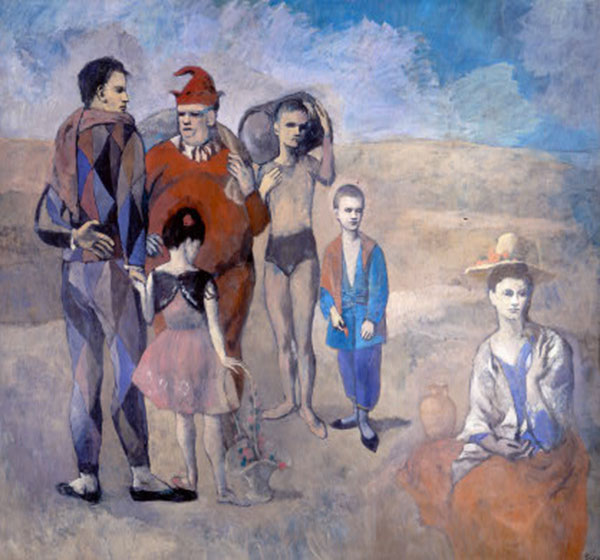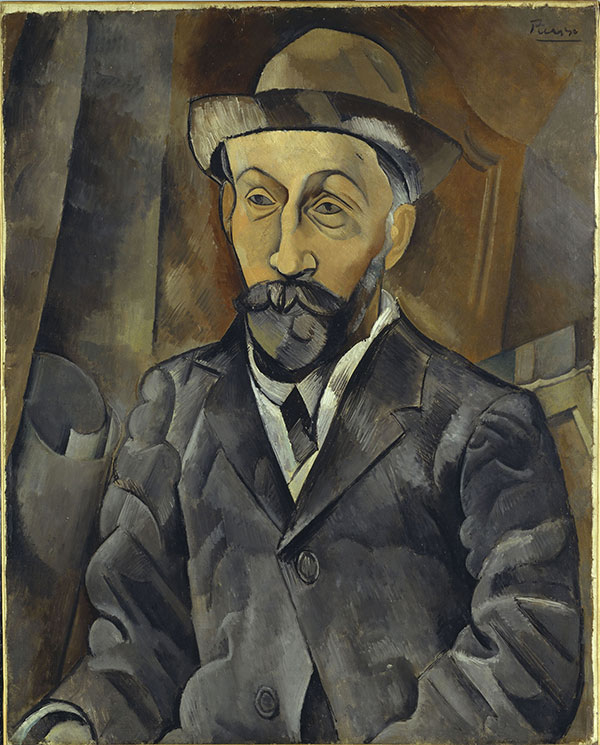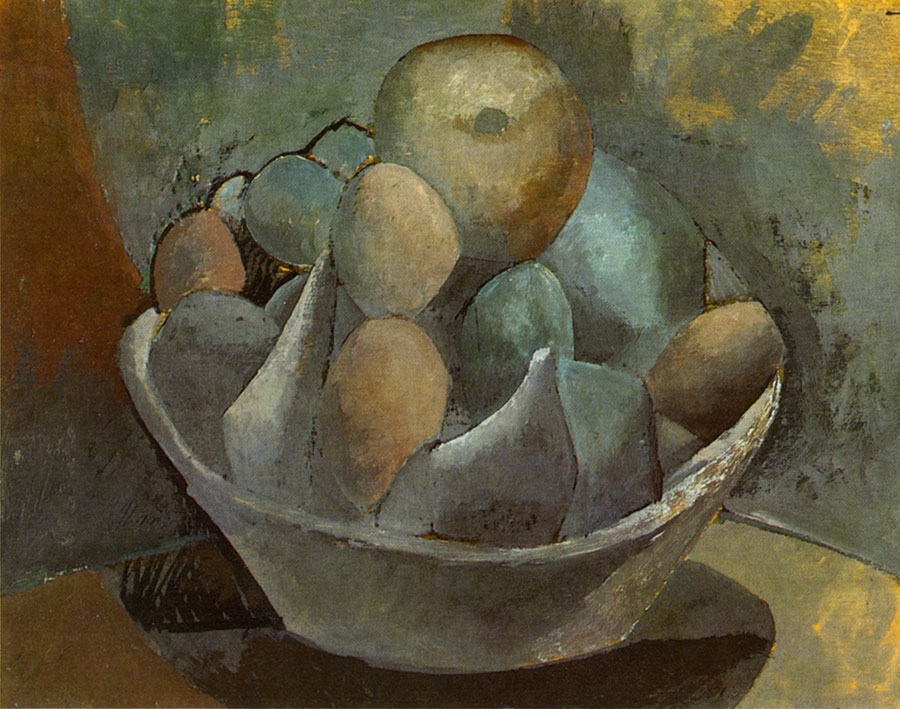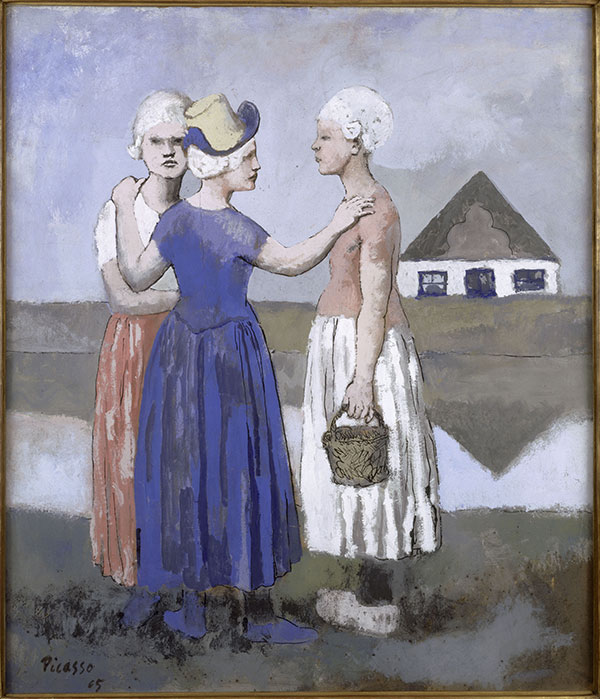The year 1908 was the “most outstanding” for the Association which bought a painting by Picasso, at the origin of the meeting between the artist and the financier and which turned out to be the highlight of the collection: The Family of Saltimbanques (Fig. 8). Attracted by Picasso’s work, the collector approached Clovis Sagot (Fig.9) a rather unprincipled dealer[i], but who was close to the artist at the time and who offered “more expensive works” but also “more important” than his colleagues from Montmartre, although remaining more affordable than his neighbour of the rue Laffitte, Ambroise Vollard. Sagot then informed the committee that Picasso was seeking to sell a monumental canvas representing life-size saltimbanques. The work painted in the autumn of 1905 apparently did not interest Vollard who had however bought in 1906 a great part of Picasso’s studio. The committee fell under the charm of this work in the studio of the Bateau-Lavoir and then commissioned the broker Lucien Moline to carry out the transaction. The story is told by Level[ii] : Picasso first refused the offer of a thousand francs letting pretending that some foreign amateurs were interested. Moline then offered the artist to keep a deposit of three hundred francs and to think about the proposal during a month with a right of withdrawal. To cover immediate financial needs, the painter finally came to see Level fifteen days after the proposal in order to ask for the seven hundred francs balance. While the great composition did not receive the unanimous approval of the members of the association, its manager immediately understood that the work possessed “all the signs of the greatest talent” something which he still doubted for the second acquisition of a work by Picasso in 1908: the Cubist gouache Fruits in a Bowl (Fig. 10). Level battled to buy the two works during the meeting in 1908, while this was not the case for a still life by Vincent Van Gogh or a landscape by Georges Rouault, resolutely modern paintings at the beginning of the century but which could already be considered classical compared to the paintings of the Spanish master.
Among all the works by Picasso present in the final sale of the collection, we can also identify two works acquired in 1911 from a secondary market dealer whom Picasso did not appreciate. Thanks to Level’s testimony: “I bought in 1911 two great and beautiful gouaches by Picasso, Three Dutch Girls (Fig.11) and Clown with Horse[iii] (Fig.11), from Libaude who had bought them I think from Clovis Sagot”. The three remaining works belong to the set acquired in 1906 from B. Weill or from Soulier. With five paintings and seven works qualified as drawings in the catalogue, the Spaniard is the most represented artist in the collection constituted year after year. He was also the most talked about artist in 1914 at the eve of the auction. The auction was organized during an exceptional meeting of the partners at the end of 1913 and the final conditions decided. The date is set for Monday, March 2, 1914.








 Summary
Summary